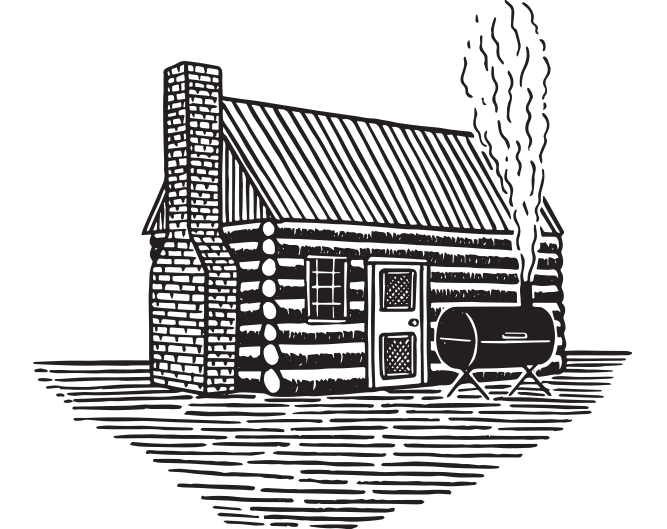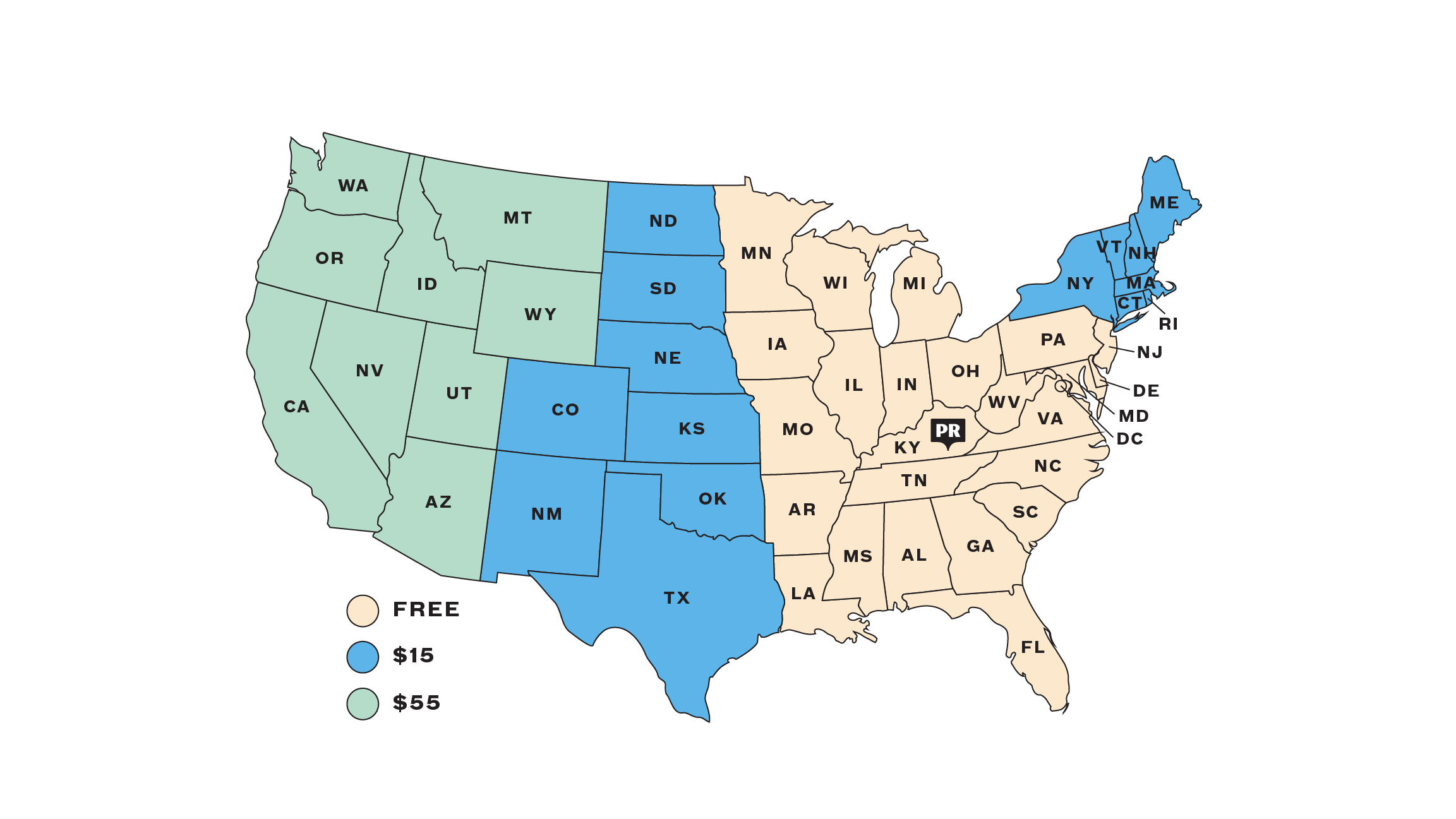Have you ever asked a kid to explain where food comes from? They’ll laugh and yell, “the store!” It’s the kind of perfectly simple answer that makes talking to kids so hilarious. But, can adults really give a much better answer? Most people don’t understand how animals are raised for consumption. That’s not because they’re dumb or disinterested. The commodity food system has become a multibillion industry by keeping the details of their operations secret. We like to know what we’re eating, and we love sharing that knowledge with our customers. That’s why we founded Porter Road, and it’s why we’re building a better food system.
Over the last century, the food system has changed drastically and has reached a point that is unsustainable. Food is supposed to sustain us, enrich us, fuel us. Instead, it’s making us sick, damaging the environment, creating inhumane conditions for animals, and, frankly, producing low quality meat and poultry that just doesn’t taste good.
Those are bold statements and it’s understandable that there’s a lot of confusion about how meat arrives at grocery stores every day. We totally get that people are busy, want to run errands as quickly as possible, and feed their families affordably. We want to help with that. And we believe it can be done in a way that is better for not only you, but also the animals, the farmers, and the environment.
Let’s talk about the beef at grocery stores, for example. Those animals are bred on farms using artificial insemination to increase calf production and maximize profits. Calves are taken from their mothers too early, when they should still be nursing, and given hormones to artificially promote growth. The farmers raising these animals are under intense pressure from large corporations to focus on revenue above all else, which leads to the conditions found in their concentrated animal feeding operations (CAFOs). Animals are shipped by trucks and trains to these CAFO facilities, where they are packed by the hundreds and thousands into small spaces and are fattened up on cheap food, such as chicken feathers and other animal byproducts, with little to no space for moving around, let alone actually grazing. They’re loaded back on trucks and trains and sent to slaughterhouses, and processed along with thousands of other animals on a daily basis.
Commodity pigs and chickens don’t have it any better. CAFO pigs only live for about eight months before they are slaughtered. They never see outside or get fresh air. Chickens are born in massive factories, then sent to a chicken barn where tens of thousands of birds live in total light for 45 days, then forced into cages before slaughter. Never moving, never breathing fresh air, never seeing the sky. Chickens are fattened up so intensely that, before they are slaughtered, most of them can't even walk anymore.
That’s the meat that is sent to supermarkets. It’s pale. It’s tasteless. It’s cheap.
The top priority in every phase of the commodity food system is profit. Not sustainability, not quality, not taste, and certainly not customer satisfaction.
So what’s the alternative? Us.
We only source animals from farmers who share our commitment to the humane treatment of animals, allow them to graze naturally in open pastures, and are close to our processing facility. Travel stresses out animals, and stressed out animals result in meat that doesn’t taste good. Adrenaline is just not good eatin’.
What is delicious, however, is meat from animals that eat a diet full of foods they have eaten for centuries. That includes nursing for longer, since their mothers’ milk provides them much of what they need to stay healthy. Healthy animals don’t require antibiotics or growth hormones, unlike animals at CAFOs.
Delicious meat also comes from animals that are allowed to graze. That’s why we require that our partner farms have one acre of pasture per head of cattle. Every animal has enough food to eat without overworking the land. Farmers are able to rotate their crops in a far more sustainable way, using cattle to fertilize their fields naturally. So not only are they producing higher quality beef, but their fields will yield better produce (and continue to do so for decades to come).

Of course, providing higher quality diets to fewer heads of cattle on larger pastures for longer periods of time requires farmers to incur more costs than commodity suppliers do. Our meat – and all responsibly-raised meats – costs more than what you find at the grocery store.
Our meat also tastes better. It tastes beefier and porkier and chickenier. It looks different, too. Our beef is a deeper red. Our pork is an enticing pink. Our chicken most definitely is not a bland white. Our meat is more nutritious. And it’s more satisfying, because it’s not artificially pumped up with water and other additives.
We’re building a better food system and that creates healthier, more delicious meats for our customers, better living conditions for animals, and a sustainable way of life for farmers.
So, where does food come from? It’s not a simple question. But we’re offering a better answer.










